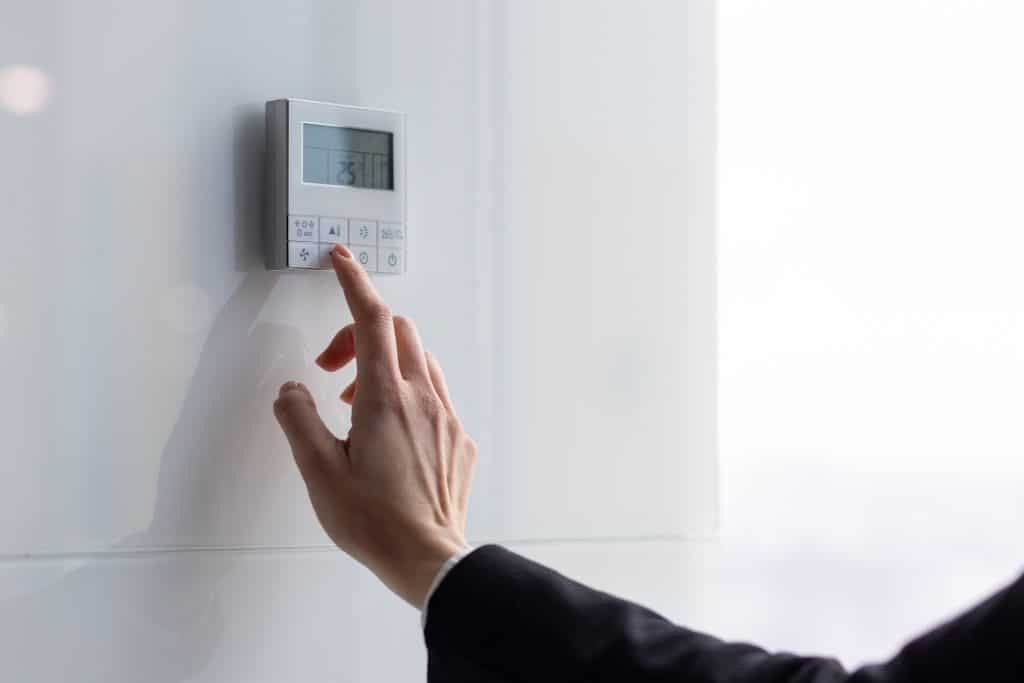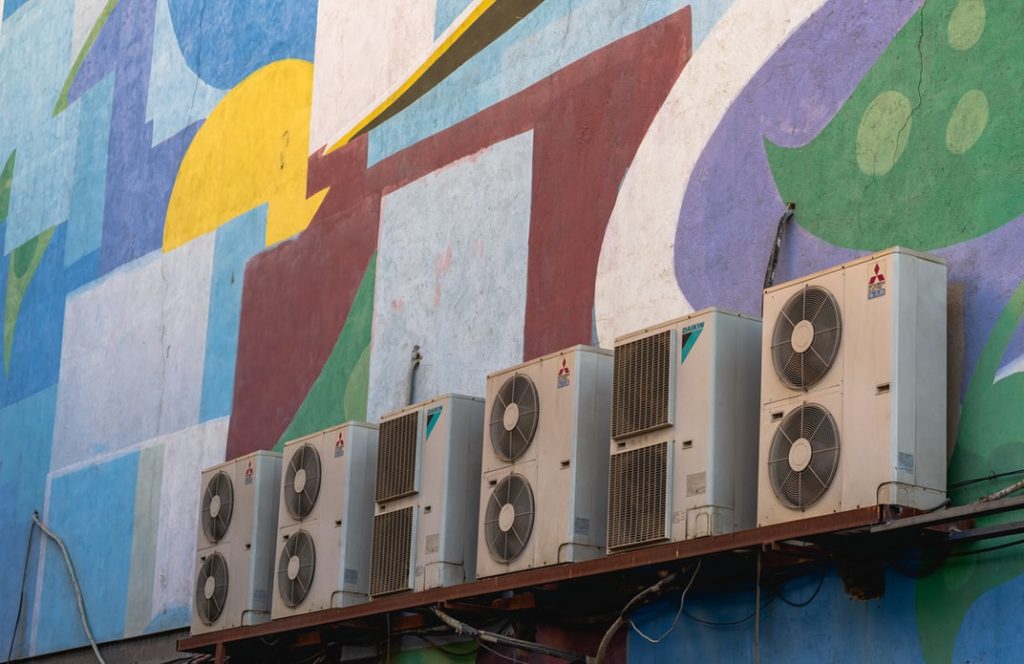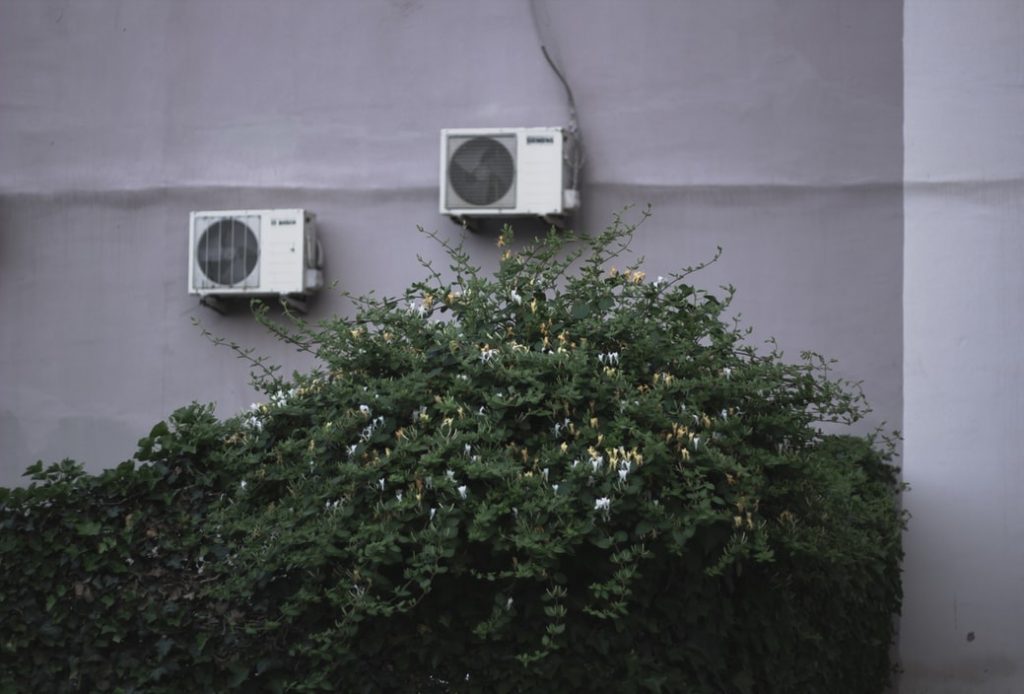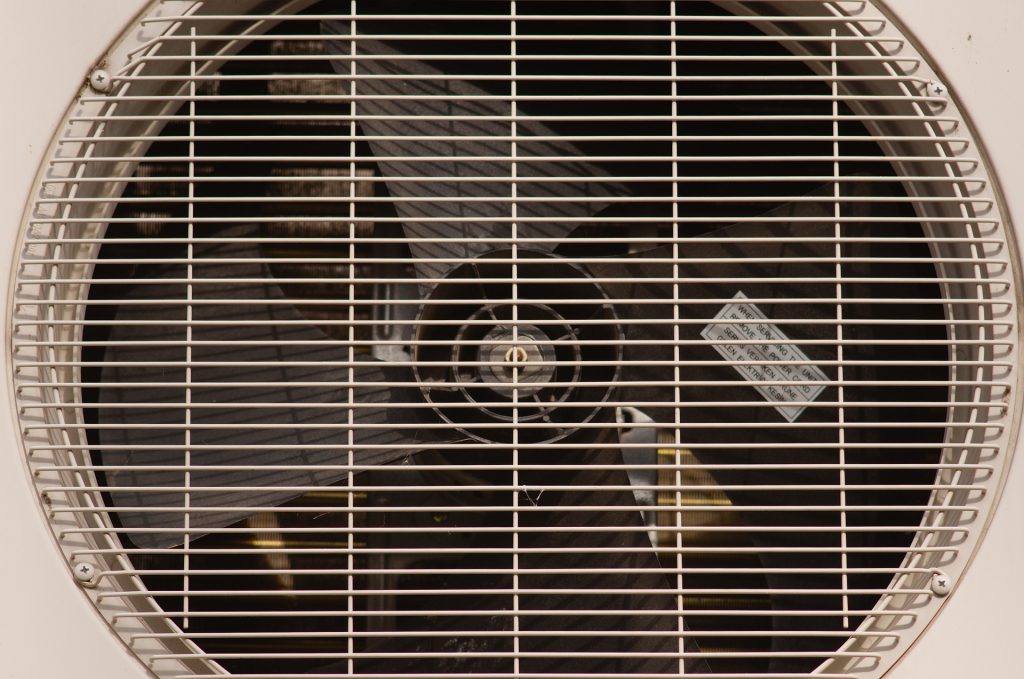| Key Takeaway: The primary reasons why a thermostat may not turn on the AC include incorrect settings, power issues, or compatibility problems between the thermostat and the AC unit. It’s important to check the thermostat’s batteries, ensure the correct mode and temperature are set, and verify that there are no tripped breakers or loose wiring connections. Addressing these factors can often resolve the issue without the need for professional intervention. |
AC Not Responding to Thermostat? Steps to Troubleshoot and Fix
Dealing with a thermostat that fails to control your AC can be incredibly frustrating. On a hot day, you expect your air conditioning to kick in and provide relief. However, when the thermostat not turning on the AC becomes an issue, it can lead to discomfort and rising temperatures indoors. This common problem can disrupt your day and make your home less enjoyable.
Addressing this issue promptly is important for several reasons. Not only does it affect your comfort, but it also impacts energy efficiency. An AC not responding to the thermostat can lead to increased energy bills as the system struggles to maintain the desired temperature. Moreover, ignoring the problem might result in more significant issues down the line, potentially leading to costly repairs.
This article provides key troubleshooting steps to help you resolve the problem of a thermostat not working properly with your AC. By understanding how your thermostat functions and checking power sources, you can take proactive steps to ensure your AC system operates smoothly. Let’s explore these solutions so you can enjoy a comfortable and efficient home environment once again.
Understanding the Thermostat’s Role in Your AC System
The thermostat plays a vital role in your AC system by communicating your desired temperature settings to the air conditioning unit. It acts as the brain of your climate control system, sending signals that trigger the AC to cool your home. When everything works correctly, the thermostat ensures that indoor temperatures remain comfortable and consistent.
Sometimes, issues arise when the thermostat not turning on the AC occurs. This can happen for several reasons, such as incorrect settings or power issues. It’s crucial to ensure that your thermostat is set to the right mode and temperature. Additionally, check that it has working batteries, as a lack of power can prevent it from sending signals to the AC unit.
For those interested in advanced climate control solutions, understanding how HVAC zoning systems work can provide valuable insights. These systems offer more precise control over different areas of your home, ensuring optimal comfort and efficiency. By addressing basic thermostat issues and considering advanced options, you can maintain a pleasant indoor environment.
Checking Power Sources and Connections
Verifying power sources is a necessary step when diagnosing why your AC might not respond to the thermostat. Start by checking the circuit breakers associated with your HVAC system. Sometimes, a tripped breaker can disrupt power flow, causing the thermostat not to work properly. Resetting a tripped breaker might be all it takes to restore functionality.
It’s important to handle electrical components safely when inspecting wiring connections. Loose or disconnected wires can prevent the thermostat from communicating effectively with the AC unit. Secure any loose connections and ensure that all wires are intact and properly connected.
If you’re looking for related troubleshooting tips, consider learning about resetting your furnace blower motor. This process can offer additional insights into maintaining your HVAC system’s efficiency. By taking these simple steps, you can often resolve common issues without needing professional assistance.
Interesting Facts About Thermostat and AC Systems
|
Assessing Thermostat Compatibility and Settings
When dealing with a thermostat not turning on AC, compatibility issues between the thermostat and the AC unit can often be the root cause. Different models and brands may not communicate effectively, leading to the AC not responding to thermostat commands. It’s crucial to ensure that your thermostat is compatible with your AC system to avoid these communication failures.
Begin by checking the thermostat’s settings. Sometimes, simple adjustments can resolve the issue. Ensure that the thermostat is set to the correct mode and temperature. If the problem persists, it might be wise to consult a professional who can assess more complex compatibility concerns. Consulting a professional for tailored advice ensures that you have all the information you need to make a decision that is right for your specific needs. For those in Phoenix, finding an HVAC contractor can provide expert assistance.
Addressing compatibility and settings can often prevent further issues with your AC system. Regularly reviewing these aspects ensures that your thermostat and AC unit work harmoniously, maintaining a comfortable indoor environment.
Evaluating AC Unit Functionality
Sometimes, the issue lies within the AC unit itself, leading to the thermostat not working as expected. Components like capacitors or sensors may malfunction, causing the AC not to respond to thermostat inputs. These parts play a vital role in the overall performance of your air conditioning system.
Malfunctioning capacitors can disrupt the power flow, while faulty sensors might send incorrect signals to the thermostat. These issues can significantly impact the efficiency and effectiveness of your AC unit. Understanding these potential problems can help in diagnosing why your AC is not responding to thermostat commands.
If you suspect a problem with your AC unit, consider exploring common issues with specific brands. For example, Goodman AC units may have unique challenges that require specialized attention. Addressing these problems promptly can enhance your system’s reliability and longevity.
Performing Regular Maintenance Checks
Regular maintenance checks are essential in preventing minor issues from becoming significant problems. Routine tasks such as cleaning filters and inspecting coils can keep your AC system running smoothly and efficiently. These simple actions can prevent the thermostat not turning on AC due to clogged or dirty components.
Setting reminders for regular maintenance ensures that these tasks are not overlooked. Consistent care helps maintain optimal performance and energy efficiency, reducing the likelihood of encountering an AC not responding to thermostat signals.
For comprehensive home care advice, consider exploring modern indoor air quality solutions. These solutions can complement regular maintenance efforts, ensuring a healthy and comfortable living environment.
Consulting Professional Services When Necessary
While DIY solutions can resolve many issues, there are times when professional intervention becomes necessary. Complex problems or persistent issues with a thermostat not working may require expert attention. Professionals possess the skills and experience needed to handle intricate repairs safely and effectively.
Safety should always be a priority when dealing with electrical components and HVAC systems. Attempting repairs without proper knowledge can lead to further damage or even personal injury. Engaging professional services ensures that repairs are conducted safely and correctly.
If you’re experiencing ongoing issues with your AC system, consider reaching out for HVAC repair services in Phoenix. Professional assistance can provide peace of mind, knowing that your system is in capable hands and functioning optimally.
AC Not Responding to Thermostat? Here’s What to Do – FAQs
What should I do if my thermostat screen is blank?
Can a faulty thermostat affect energy bills?
How often should thermostats be replaced?
Are smart thermostats more reliable?
What are common issues within the AC unit itself?
Why is regular maintenance important for thermostats and AC units?
When should I consult professional services for my AC system?
Ensuring Reliable Comfort
When your AC doesn’t respond to the thermostat, it disrupts more than just your comfort. Addressing this issue involves understanding the intricate dance between the thermostat and the AC unit. We explored several factors, from power issues to compatibility concerns, each playing a role in ensuring your home’s climate control works smoothly. By following these steps, you may find that some issues are straightforward to resolve, like changing batteries or resetting a circuit breaker. Yet, the importance of maintenance cannot be overstated. Regular checks can prevent minor hiccups from escalating into significant problems, saving you both time and money.
While DIY solutions offer a starting point, they may not always suffice. Complex or persistent issues often require the expertise of a professional. Consulting an expert ensures that you have all the information you need to make a decision that is right for your specific needs. This approach not only enhances comfort but also improves efficiency, reducing the risk of costly repairs down the line. For more insights on related challenges, consider exploring common AC troubleshooting problems. These resources can provide additional guidance and equip you with the knowledge to tackle potential issues proactively.
Next Step Toward Undisrupted Comfort
Proactive measures and timely interventions are key to maintaining a well-functioning AC system. By taking action based on the insights shared, whether through self-checks or professional consultations, you can ensure your home’s comfort and efficiency. The peace of mind that comes with a reliable HVAC system is invaluable. As you consider the next steps, remember that addressing air quality is also crucial. For broader air quality improvements, take a look at Phoenix air scrubbers.
Don’t let a non-responsive AC disrupt your comfort any longer. Reach out for expert advice and services to keep your system running smoothly. Consider requesting an AC diagnostic service to pinpoint and resolve any lingering issues. Contact us today and take the first step towards a more comfortable and efficient home environment.
[related_posts_by_tax posts_per_page="3" format="thumbnails" image_size="medium"]










